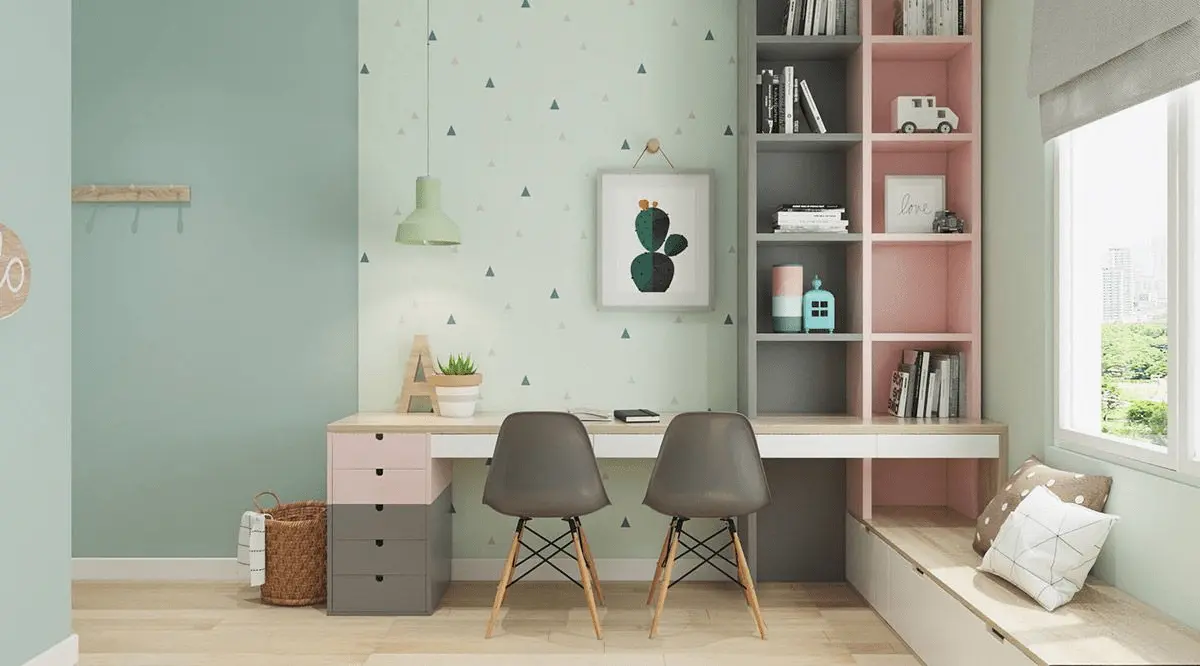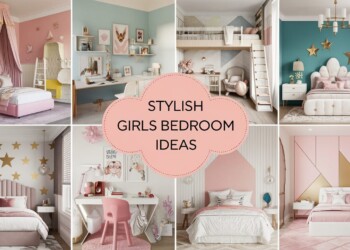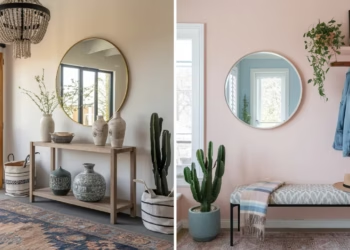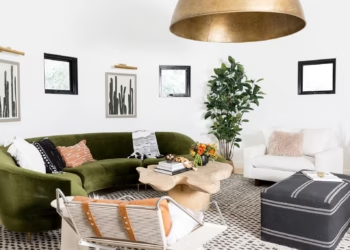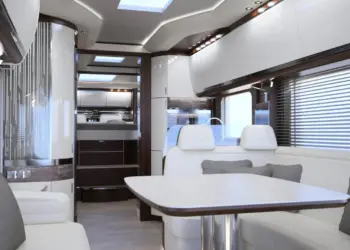The study room is a crucial space where children develop their cognitive abilities and cultivate a passion for learning. A well-designed study room can significantly enhance a child’s educational journey, fostering creativity, productivity, and a positive attitude towards studying. Let’s delve into some creative and practical ideas to design an inspiring and functional Kids Study Room that caters to the unique needs and preferences of your child.
Table Of Content
Kids Study Room
The study room serves as a dedicated sanctuary that promotes focus and concentration, providing children with an environment conducive to learning and exploration. By creating an engaging and personalized space, you can cultivate a love for knowledge and instill effective study habits in your child from an early age.

Design Basics
Choosing the right furniture and implementing an efficient layout are essential elements in designing an ergonomic and practical study room that facilitates ease of movement and accessibility to learning materials. Opt for child-friendly, sturdy, and appropriately sized furniture that encourages good posture and supports the child’s developmental needs.

Color Psychology
Understand the influence of colors on a child’s mood and cognitive development. Incorporate vibrant and stimulating hues to inspire creativity and enthusiasm, while also integrating soothing tones to promote relaxation and focus during study sessions.

Storage Solutions
Implement creative and functional storage solutions to maintain a clutter-free and organized study room. Integrate shelves, cabinets, and storage bins to accommodate books, stationery, and educational resources, fostering a sense of responsibility and tidiness in your child’s study habits.

Lighting Ideas
Illuminate the study room with adequate and balanced lighting to reduce eye strain and create a welcoming and well-lit ambiance. Incorporate natural light sources and adjustable artificial lighting to cater to various study requirements and foster an inviting and comfortable atmosphere.
Personalization Tips
Encourage individuality and self-expression by allowing your child to contribute to the room’s decor and layout. Incorporate personalized elements such as artwork, motivational quotes, and custom-made accessories that reflect your child’s interests, hobbies, and aspirations.
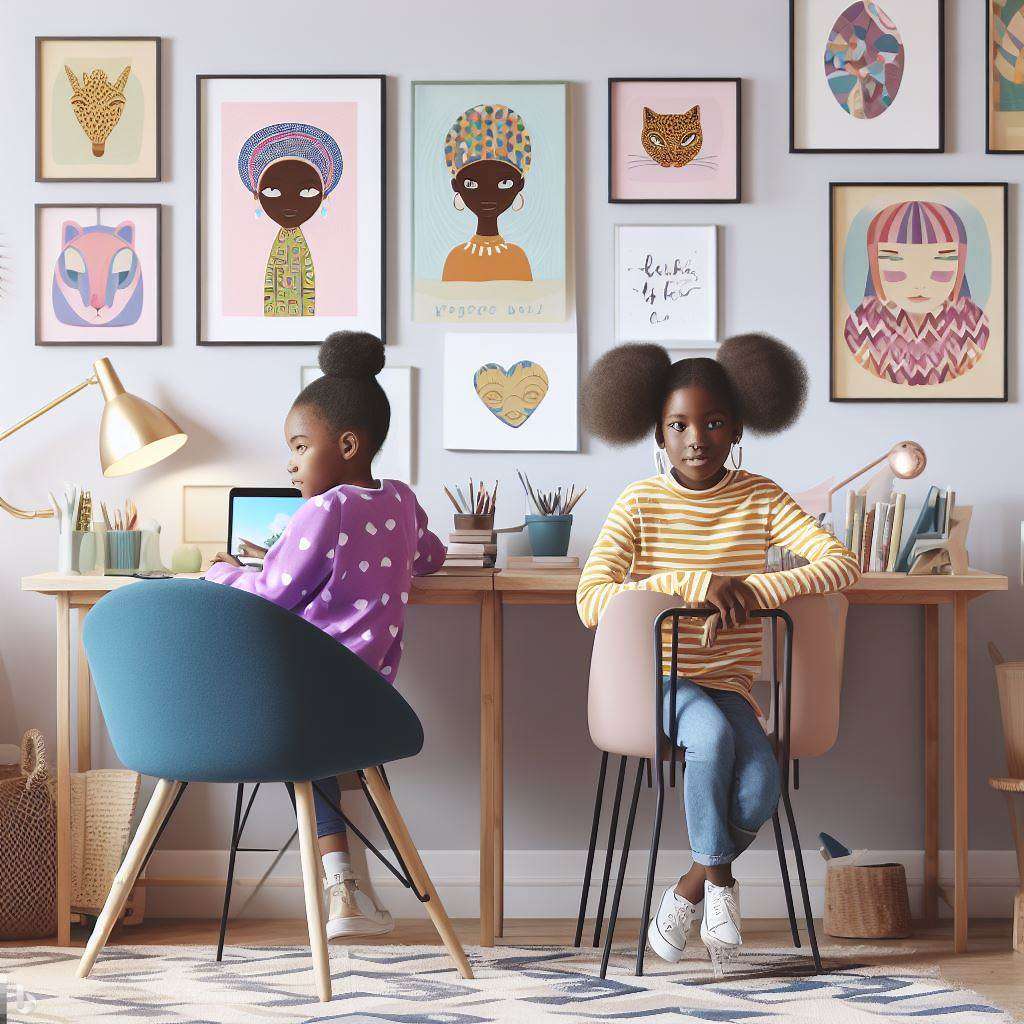
Inspirational Themes
Foster creativity and imagination by incorporating inspirational themes that ignite your child’s curiosity and passion for learning. Integrate educational and interactive decor elements that encourage exploration, discovery, and a love for various subjects and disciplines.
Age-Appropriate Features
Tailor the design and decor of the study room to suit the specific age group and developmental stage of your child. Consider ergonomic furniture, interactive learning tools, and engaging educational materials that align with your child’s cognitive abilities and academic requirements.
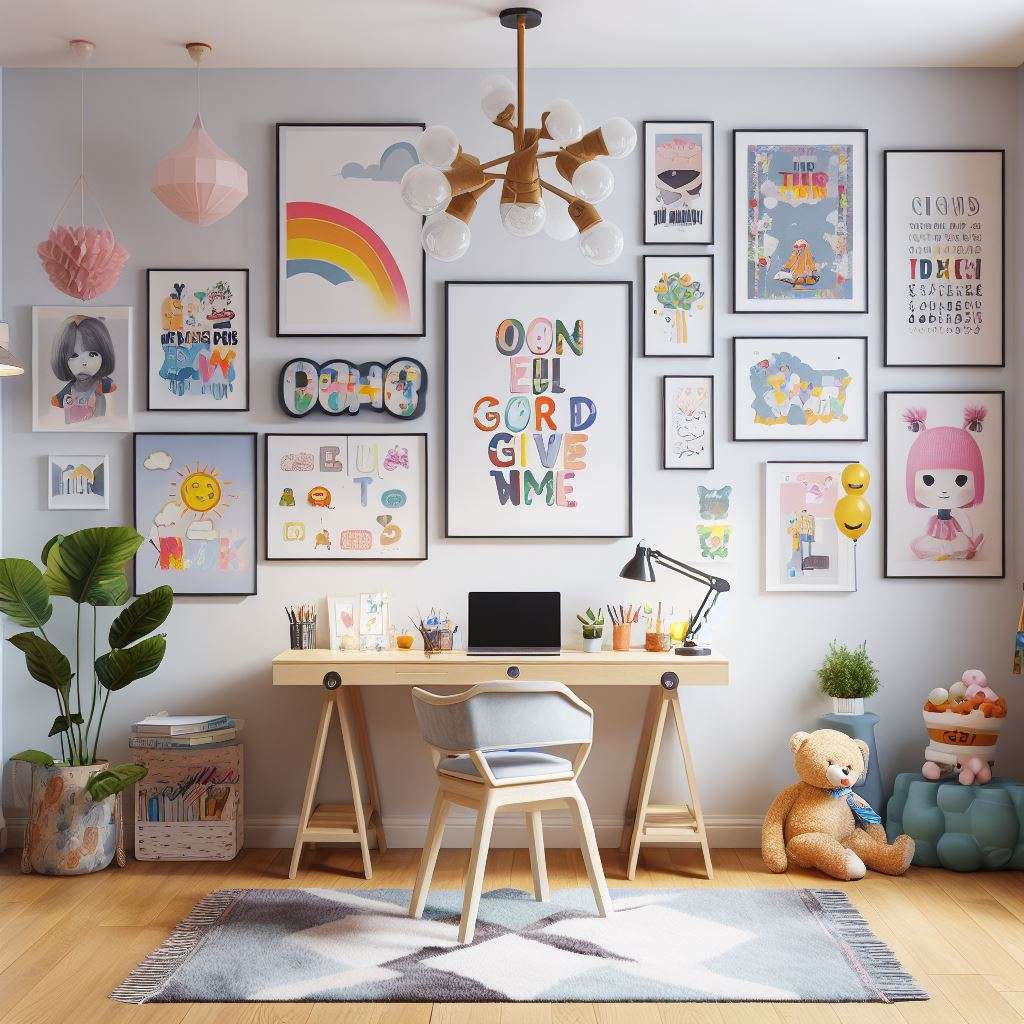
Tech Integration
Integrate technology into the study room to facilitate modern learning and exploration. Incorporate computers, tablets, and interactive learning platforms that supplement traditional educational resources, promoting digital literacy and technological proficiency.
Ergonomic Setup
Prioritize your child’s physical well-being by creating an ergonomic and comfortable study environment that promotes proper posture and spinal health. Choose adjustable chairs and desks that support the child’s back and neck, ensuring a safe and healthy study experience.
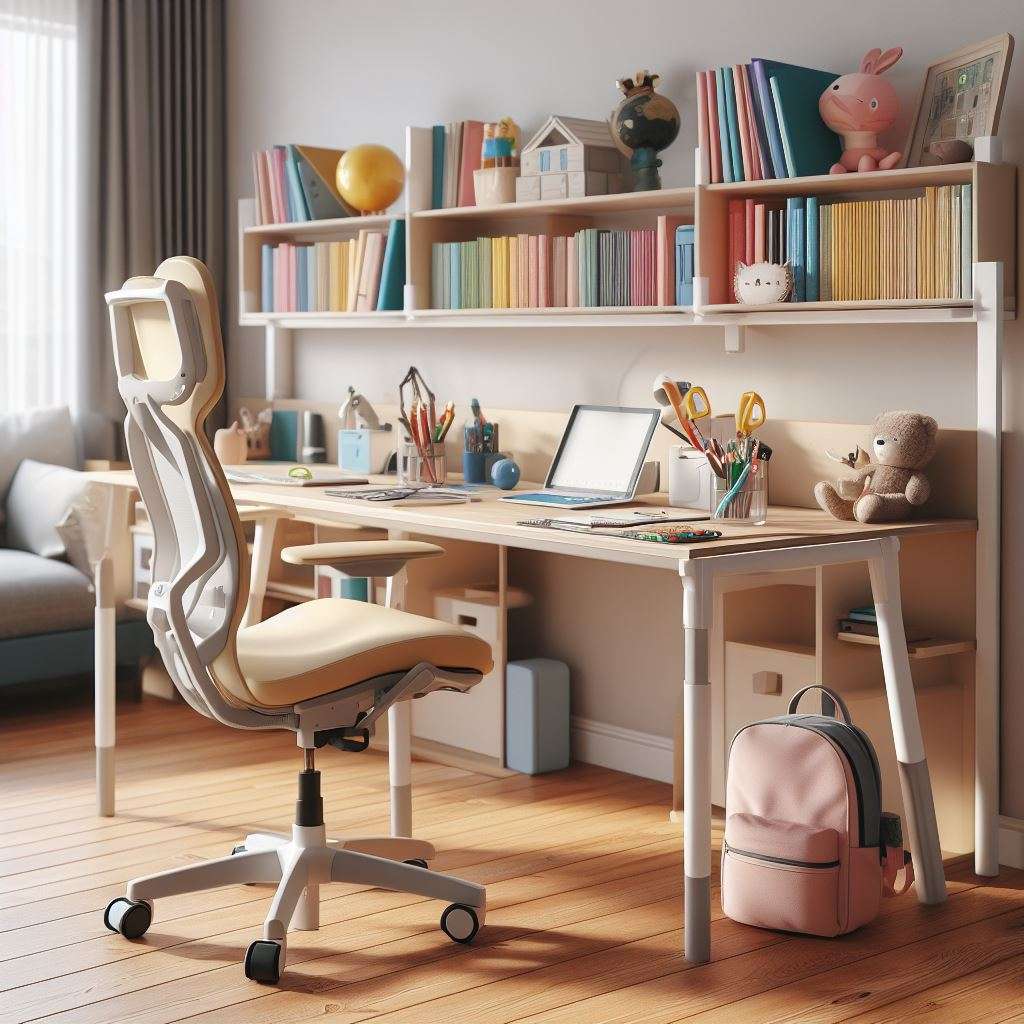
Multifunctional Spaces
Optimize limited space by designing multifunctional areas that accommodate various activities and interests. Create designated zones for studying, reading, and creative projects, ensuring that the study room serves as a versatile and adaptive space that encourages holistic development and exploration.
DIY Projects
Engage your child in creative and budget-friendly do-it-yourself (DIY) projects that add a personal touch to the study room. Encourage participation in crafting handmade decor items, artwork, and educational displays, fostering a sense of pride, accomplishment, and creativity.

Inspirational Displays
Curate motivational and educational displays that celebrate your child’s achievements and progress. Showcase academic accolades, artwork, and inspirational quotes that serve as constant reminders of your child’s growth and potential, fostering a positive and ambitious mindset toward learning and personal development.
Quiet Zones
Create designated areas within the study room that encourage focus, concentration, and uninterrupted learning. Establish quiet zones for independent study sessions, providing a serene and distraction-free environment that promotes critical thinking and deep engagement with educational materials.

Productivity Boosters
Implement motivational tools and techniques that enhance your child’s productivity and enthusiasm for learning. Integrate interactive learning games, educational puzzles, and engaging study aids that stimulate cognitive abilities, problem-solving skills, and analytical thinking, fostering a proactive and results-driven approach to education.
Final Tip For Amazing kids study room
Designing a well-equipped and inspiring study room for your child is an investment in their academic growth, personal development, and lifelong learning journey. By incorporating the right blend of functional, creative, and motivational elements, you can create a study environment that nurtures curiosity, creativity, and a deep passion for knowledge, empowering your child to excel academically and embrace learning as a fulfilling and enriching experience.
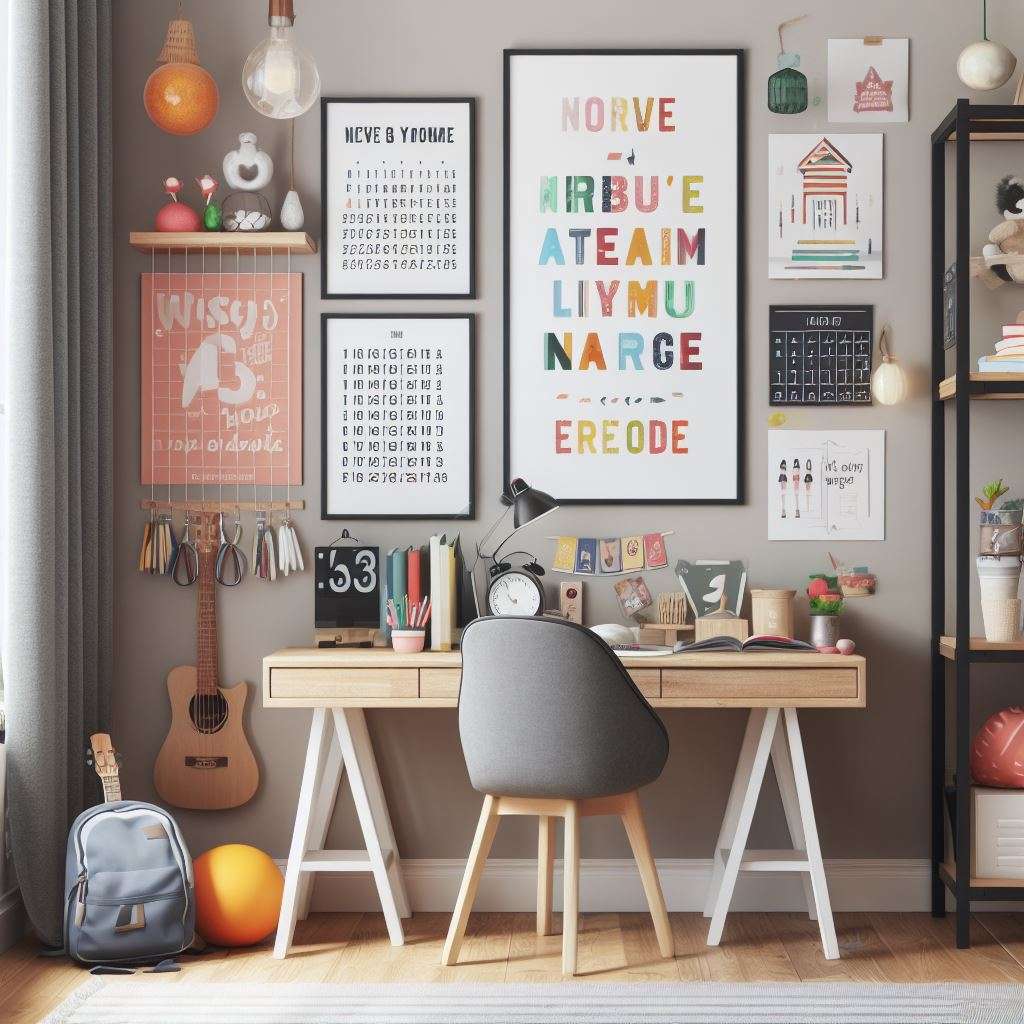
FAQs
How can I create an interactive study space for my child?
Implement interactive learning tools, educational games, and engaging decor elements that stimulate curiosity and promote active participation in the learning process.
What are some budget-friendly kids study room design ideas?
Consider DIY projects, upcycled furniture, and creative storage solutions that minimize costs while maximizing functionality and visual appeal.
How do I choose the right color scheme for my child’s study room?
Take into account color psychology and the impact of different hues on mood and cognitive performance. Opt for a balance of stimulating and calming colors to create an inspiring yet relaxing study environment.
What are some effective organizational strategies for maintaining a tidy kids study room?
Incorporate ample storage solutions, including shelves, cabinets, and bins, to facilitate efficient organization and easy access to educational resources and materials.
How can I foster a love for learning in my child through the study room design?
Personalize your kids study room with inspirational displays, motivational quotes, and thematic decor that celebrate academic achievements, foster self-expression, and instill a sense of pride and accomplishment.
How do I organize my kids study room?
Utilize functional storage solutions, keep the area clutter-free, ensure proper lighting, and create a conducive learning environment with comfortable seating and minimal distractions.
How to decorate kids room with study?
Integrate colorful and engaging decor, incorporate kid-friendly furniture, use creative storage options, and personalize the space with educational and motivational elements to encourage learning and exploration.
How do you create a study space for kids?
Designate a specific area with a suitable desk and chair, provide ample storage for school supplies and books, optimize the lighting for reading, and include inspirational decor to promote focus and creativity.
How do you style a small study room?
Opt for space-saving furniture, utilize wall-mounted storage, incorporate multifunctional pieces, leverage natural light, and use light colors to create an illusion of spaciousness while maintaining a cohesive and engaging design.
